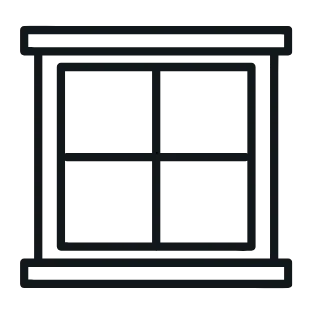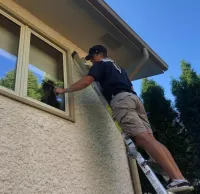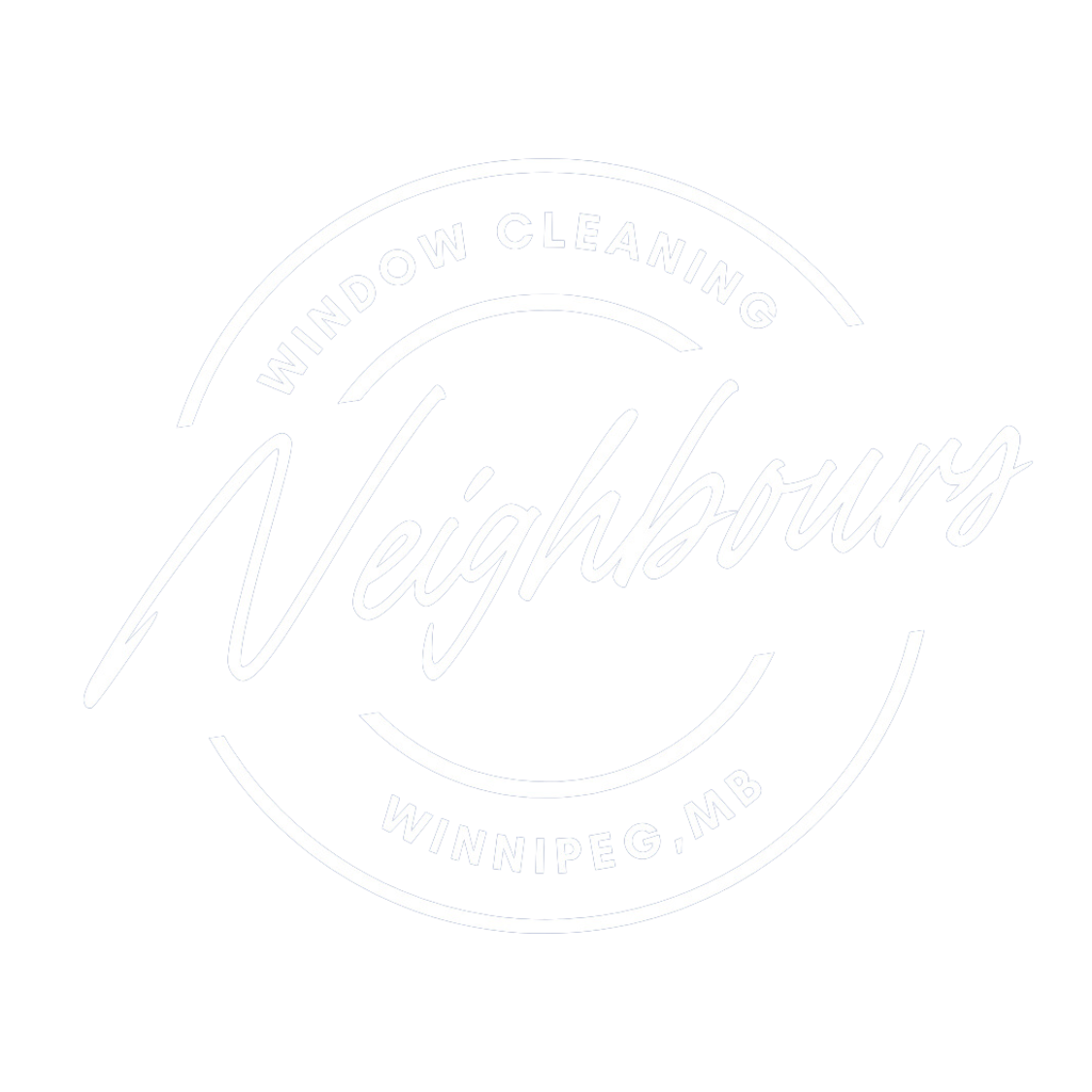
MEET THE Neighbours Pet of the week!
Hey, I'm Cleo!
I am a good helper.
I enjoy meeting my neighbours
I like walking all around Charleswood!
Featured Services In Winnipeg
Our Process
At Neighbours Window Cleaning, we believe in making our professional cleaning services simple, safe, and hassle-free. Here's what you can expect from us:
O1
Initial Consultation:
We begin with a comprehensive assessment of your cleaning needs. Our team provides detailed estimates for window cleaning, pressure washing, or screen restoration services, ensuring complete transparency in pricing and scope of work.
O2
Professional Assessment
Our experienced technicians arrive on schedule to evaluate your property's requirements. We identify optimal cleaning methods, note special considerations, and prepare a customised approach for your surfaces.
O3
Expert Execution
We implement our proven cleaning process using professional-grade equipment and eco-friendly solutions. Our team protects your property while delivering exceptional results that exceed your expectations.
Read our blog!
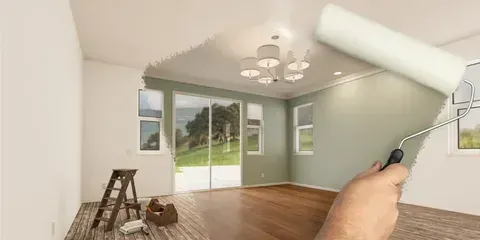
Comparison Guide: Vinyl vs. Fibreglass Quality Benchmark
Choosing the right materials for a significant home renovation or construction project is a decision that impacts not only the appearance of your property but also its long-term performance and value. When it comes to choosing components like windows and doors, individuals often get into a debate between vinyl and fibreglass and which one to select.
Here’s some good news: both of these materials are considered modern alternatives to traditional materials, such as wood, and offer a wide range of benefits. However, a closer look reveals significant differences in their quality benchmarks.
To understand the comparison between them, it’s vital to know the major characteristics of each material. This comparison will help you choose what best suits your home and priorities.
Understanding Vinyl and Fibreglass Materials
Before we dive into the specific comparisons, it is helpful to have a clear understanding of what each material is.
Vinyl
Vinyl is also known as unplasticised polyvinyl chloride. It is a type of plastic widely used in the construction of various items, such as window frames, pipes, and more. It is a manufactured material that has become incredibly popular due to its versatility, low cost, and resistance to rot and rust.
The manufacturing process of this material is simple. Vinyl frames are manufactured mainly by heating PVC and then extruding it into the desired shape. This process results in a product that is strong and relatively lightweight, commonly used in the manufacturing of various products used in the construction of numerous homes.
Fibreglass
Fibreglass is a composite material made from a combination of glass fibres and a resin. It is the same material used to construct boats, bathtubs, and aircraft components, renowned for its exceptional strength-to-weight ratio.
To create a fibreglass frame, the raw material is pulled through a heated die in a process known as pultrusion, resulting in a very durable and stable product. This fundamentally different manufacturing method is the source of many of the unique performance characteristics that set it apart from vinyl.
5 Comparisons Between Vinyl and Fibreglass
Here are some of the differences between vinyl and fibreglass that you would like to know for making better decisions about investing your money in a more suitable and stronger material.
Durability and Longevity of Vinyl and Fibreglass
When it comes to durability, the difference between vinyl and fibreglass is significant. Vinyl is undoubtedly a strong material that resists rot, corrosion, and is impervious to pests. However, its main weakness lies in its inherent flexibility.
In climates that experience significant temperature fluctuations, vinyl has a tendency to expand and contract more noticeably than fibreglass. This ongoing movement can place stress on the frame, which may eventually compromise the integrity of its seals and joints. In very cold conditions, vinyl also becomes more delicate, making it more prone to cracking or chipping if struck.
Fibreglass, however, is recognised for its superior endurance. It is a powerful material, offering a level of structural stability that is significantly greater than that of vinyl. A frame built from fibreglass is highly resistant to bending, warping, or sagging, and it holds its shape reliably even when temperatures change dramatically.
The material's strength also allows for the use of larger sections of glass with much narrower frames, providing a more elegant appearance without compromising stability. Furthermore, fibreglass products have a longer life expectancy, a quality that is often supported by the extensive warranties that many manufacturers provide.
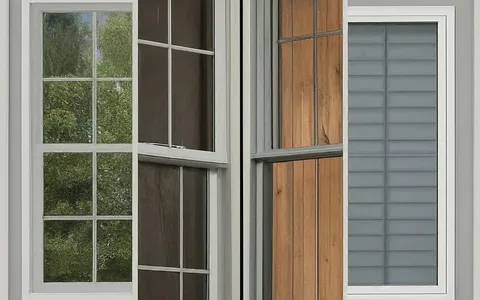
Energy Efficiency to Keep Your Home Comfortable
Homeowners are increasingly focused on energy efficiency, and modern windows made from either vinyl or fibreglass are designed to perform exceptionally well. Both materials utilise advanced technology, such as double or triple glass panes, special low-emissivity coatings, and inert gas fills, to enhance insulation. However, there are a few essential differences in how the materials themselves insulate.
Vinyl frames, for instance, are constructed with multiple hollow chambers inside. These spaces form a series of insulating pockets that slow the transfer of heat, helping to keep your home warm in winter and cool in summer.
Fibreglass, by contrast, has a naturally very low thermal conductivity. It is considered one of the best insulating materials available. A significant advantage of fibreglass is its incredible stability; it barely expands or contracts even with large temperature changes.
This stability means fibreglass frames are far less likely to develop air leaks over time, so they maintain their energy efficiency for many years. For those living in regions with freezing winters, this excellent resistance to thermal movement gives fibreglass a distinct edge in keeping a consistent, comfortable temperature indoors.
Maintenance and Upkeep
When it comes to maintenance, both materials are celebrated for being low-effort alternatives to wood. Neither vinyl nor fibreglass requires regular painting, sealing, or staining to protect against the elements.
A simple clean with soap and water is all that is typically needed to keep them looking their best. Alternatively, you can seek assistance from the cleaning professionals at Neighbours Windows in Winnipeg.
Vinyl frames are manufactured with the colour running through the material itself. This means they are highly resistant to fading and do not require painting. The downside is that they cannot be painted. If you decide to change the colour scheme of your home or if the frame's colour fades after many years of sun exposure, you are limited to the original colour of the product.
However, fibreglass offers a notable advantage in this regard. The surface of a fibreglass frame is paintable, allowing you to choose any colour you desire and giving you the flexibility to repaint it in the future. This feature provides a significant long-term benefit, allowing you to refresh the look of your home without needing to replace the entire unit.
Cost and Value of Both Materials
When it comes to windows and doors, vinyl and fibreglass sit at opposite ends of the budget scale.
Vinyl is a more wallet-friendly choice. Since it's cheaper to manufacture, it offers an excellent option for homeowners who need to stick to a tight budget. Think of it as an innovative, cost-effective way to get better energy performance and cut down on maintenance, which means you start seeing a return on your investment pretty quickly.
However, for fibreglass, you'll have to pay more. But here's the thing you need to consider: the long-term value. Because fibreglass is incredibly durable and built to last, it's an investment that can easily outlive vinyl. Its resistance to harsh weather means you could save a lot of money on repairs or even a complete replacement for decades.
Additionally, the fact that you can paint it gives you total control over its appearance for years to come, which is another significant aspect of its value.
Design Options
The visual appeal of your windows and doors plays a significant role in your home's overall aesthetic. Both vinyl and fibreglass offer a range of styles, but they differ in design flexibility.
Vinyl products are available in a variety of styles and colours, but the colour options can sometimes be more limited to a few standard choices, such as white, beige, and other neutral tones. The material's inherent flexibility can also sometimes necessitate thicker frames to provide adequate support, which can affect the sight lines.
Fibreglass frames, with their superior strength and rigidity, allow for much more design freedom. The material can be moulded to mimic the look and texture of natural wood, offering the warmth and traditional charm of timber without the associated maintenance.
The exceptional strength of fibreglass allows for sleeker, narrower frames, which can result in a larger glass area. This is a highly appreciated feature for homeowners looking to maximise natural light and achieve a more modern, minimalist look. Furthermore, as a paintable surface, fibreglass allows for an almost unlimited choice of custom colours, ensuring your frames perfectly match your home's unique style.
Conclusion
When benchmarking vinyl against fibreglass, it is clear that each material has its own set of strengths. Vinyl remains a fantastic choice for those prioritising a cost-effective, low-maintenance solution that offers good energy efficiency. It is a dependable product that has served countless homes well and remains a popular option for upgrades.
Fibreglass, on the other hand, stands out as a premium alternative. While requiring a higher initial investment, its unmatched durability, superior thermal stability, paintable surface, and design flexibility make it a compelling choice for homeowners seeking the ultimate in long-term performance and value. The decision ultimately comes down to your priorities. Whether your primary concern is an accessible price point or an investment in a product designed for superior longevity and aesthetic control, both options offer a significant upgrade to your home.
READY TO GIVE US A TRY?
Get Started for Free Today!
Revamp your property's appearance with Winnipeg's trusted cleaning professionals. Be it anything, a need for crystal-clear windows, powerful pressure washing, or thorough screen cleaning, we're ready to deliver exceptional results that will satisfy you completely.
COMPANY
CUSTOMER CARE
CONNECT
GET A FREE QUOTE
© Copyright Neighbours Window Cleaning. All Rights Reserved.



